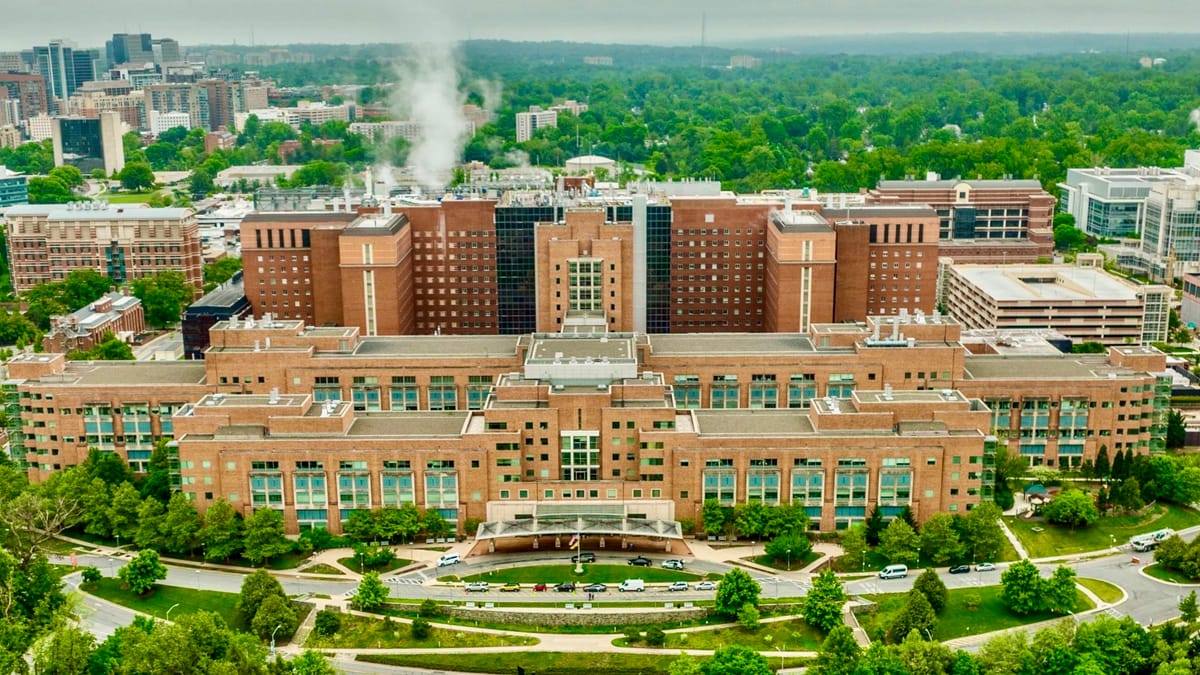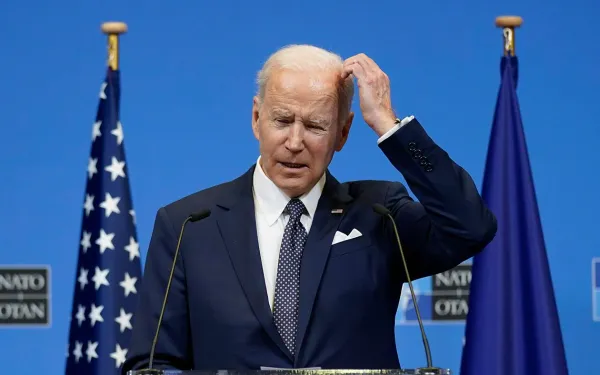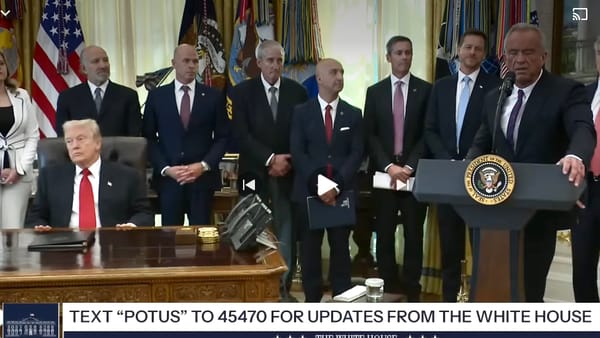Supreme Court Green-Lights $783 Million NIH Cut in DEI Funding
UAB, other Alabama schools likely to lose DEI-related funds

In a 5–4 ruling on August 21, 2025, the U.S. Supreme Court allowed the Trump administration to move forward with terminating $783 million in National Institutes of Health (NIH) grants tied to diversity, equity, and inclusion (DEI) programs. The decision lifts a lower court’s injunction while the broader legal case continues to unfold.
Chief Justice John Roberts cast one of the dissenting votes, joining the court’s three liberal justices. Justice Amy Coney Barrett was the swing vote—voting with conservatives to allow the cuts but aligning with the dissenters to uphold the block on future guidance banning DEI considerations.
What the Court Decided
- Allowed: The court reversed the lower court’s order that had forced NIH to continue funding the targeted grants.
- Blocked: The court preserved a separate ruling that tossed NIH’s internal guidance documents limiting DEI considerations.
In a dissent, Justice Ketanji Brown Jackson warned of a chaotic, lawless system. She compared it to “Calvinball,” a cartoon game with no fixed rules—additionally noting, “we seem to have two: that one, and this Administration always wins.”
This case is part of a larger campaign by the Trump administration to strip federal support from DEI-related efforts. It involves nearly $800 million in NIH grants studying issues such as diseases affecting minority communities, LGBTQ+ groups, and others. Critics argue that halting these grants in midstream will destroy years of research and threaten public health.
The administration defended its stance, pointing to earlier Supreme Court rulings that allowed similar cuts—most recently to Department of Education grants touching on DEI. Solicitor General John Sauer urged the court to rein in lower courts and emphasized that funding decisions should not be second-guessed in court.
Alabama stands on the front lines of these cuts. In 2023, NIH awarded the state $386 million, supporting roughly 4,700 jobs and generating nearly $909 million in economic activity. The University of Alabama at Birmingham (UAB) claimed the lion’s share—around 85% of funding—and ranked among the top-funded institutions nationwide.
Among the projects singled out in Alabama are several UAB studies that critics have labeled “extreme” examples of DEI-linked spending. One NIH career grant awarded more than $150,000 to Dr. Olivia Van Gerwen, an infectious disease specialist at UAB, to study vaginal health outcomes among transgender men undergoing testosterone treatment. Another, known as the SHINE Study, received roughly $1.5 million to examine how sex, hormones, and gender identity affect pain sensitivity, including research on pain thresholds among transgender participants. That award alone lost nearly $574,000 when the Trump administration froze transgender pain sensitivity research earlier this year.
A third high-profile initiative, the Camellia Project, secured about $4.5 million of a $19.5 million NIH package to investigate HIV and STI prevention among both cisgender and transgender women in Alabama. Supporters argue the project targets a region hit hardest by new HIV cases, while opponents have criticized its emphasis on gender identity. Together, these examples illustrate the kind of federally funded work that falls squarely in the crosshairs of the administration’s rollback and could deliver a sharp blow to UAB’s research portfolio.
When earlier freezes hit NIH grant processes, Alabama institutions largely kept quiet. UAB noted it was “aware and closely monitoring developments.” The University of South Alabama described the issue as “a bit premature to discuss.” That muted response came amid fears of retaliation. “This is absolutely a war up of fear and intimidation,” said Jennifer Jones of the Union of Concerned Scientists.
The State’s legislature further tightened the screws, outlawing DEI programs on campus and enabling the firing of educators who teach “divisive concepts“ with Alabama’s Act 2024-34 (SB 129). UA, UAB, UAH, the University of South Alabama and others complied, replacing DEI offices with broader “student support” centers. Some have labeled these changes as only rebranding, and that DEI continues across Alabama—only under different names.
These cuts could leave UAB and other Alabama entities scrambling, but for many in Alabama, that is the point of these grant reductions. Thursday’s Supreme Court decision is just one more small victory for those who wish to cut the academic bloat that is DEI.




